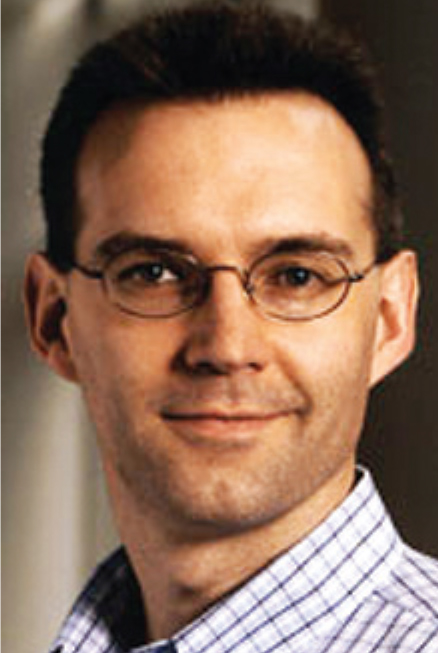Short Course: Designing Soft Nano and Microstructured Materials: Processing and Commercial Applications
Sunday May 12, 2013, 9:00 am – 5:00 pm, Washington, DC, USA
Soft materials are a fascinating class of fluids that have unusual, complex, “squishy” properties that are imparted by a surprisingly small amount of added ingredients. This overview course surveys the application of a wide range of soft materials, both aqueous and non-aqueous, using colloids, surfactants, polymers, and the mesoscale structures they can form. The student will be exposed to current and historical work in the field, with an emphasis on commercial processing and applications like foods, personal care products, drug formulations, oil exploration, and materials synthesis. Numerous examples will be shared and used as the basis to “tunnel down” to smaller length scales to explore the microscopic and molecular reasons for the unique behavior of soft materials on a large scale.
A visual approach, using movies and images, is taken to explore the field and share the small-scale insights gained from techniques like microscopy, microfluidics, and microrheology. Because one of the key attributes of soft materials is their mechanical and rheological behavior, wherever possible the link between microstructure and bulk properties will be explained and used to motivate their range of applications.
The survey and guidelines presented in the class are assembled into a set of course notes intended to serve as a standalone guide to designing various classes of soft materials and a reference for current research in the area and practical techniques of characterization and formulation.
 Course Instructor
Course Instructor
Pat Spicer has a BS in Chemical Engineering from the University of Delaware (1992) and a PhD in (1997) Chemical Engineering from the University of Cincinnati, where his research focused on design and synthesis of colloidal and nanoparticle materials. After defending his thesis he went to work for the Procter & Gamble Company, leading their Crystallization group in the Corporate Engineering Division and supporting the scale-up and manufacture of complex fluid products for all of P&G’s product areas. After 15 years with P&G, Pat began work as an Associate Professor of Chemical Engineering at the University of New South Wales in Sydney, Australia. There his research focuses on the design and development of microstructured fluid materials and understanding of their kinetic behavior.











